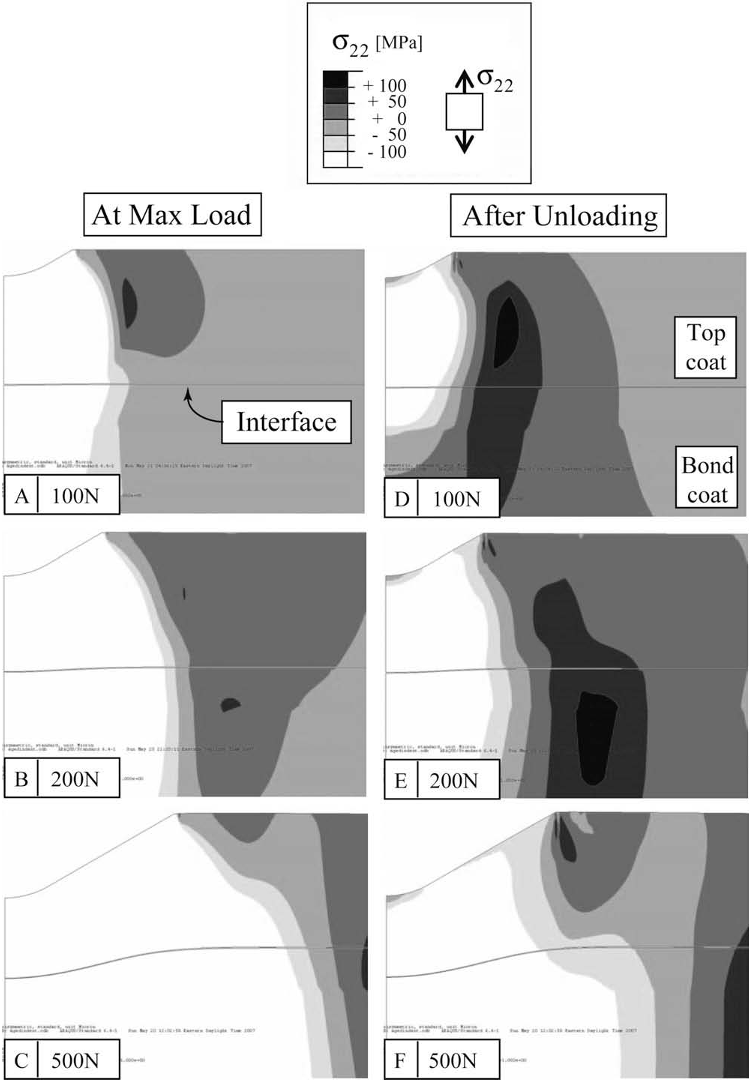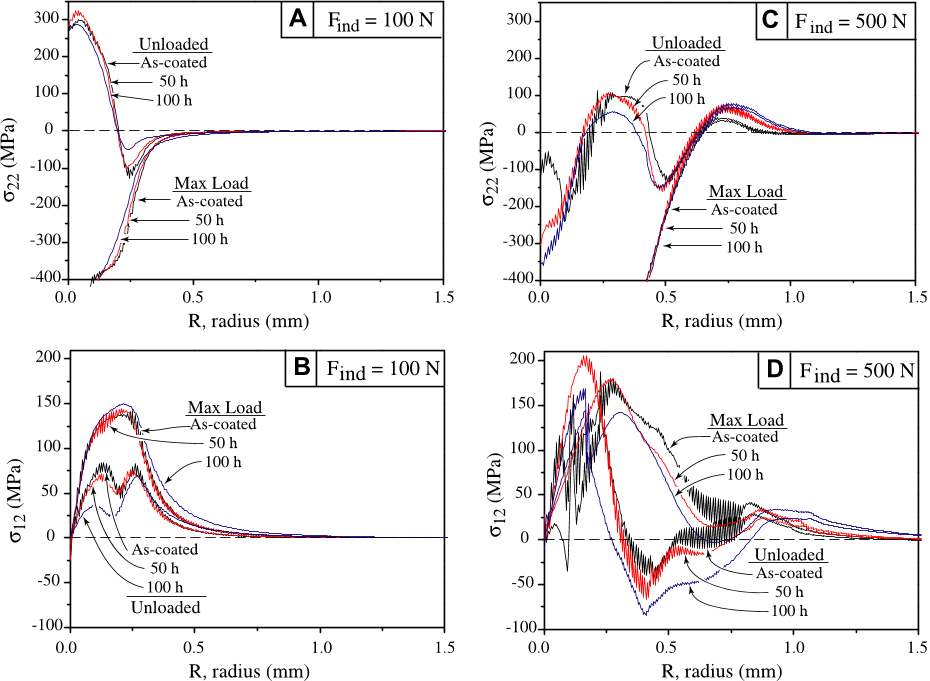Q1. What are the contributions mentioned in the paper "On stresses induced in a thermal barrier coating due to indentation testing" ?
How does access to this work benefit you ? Publisher 's Statement NOTICE: this is the author ’ s version of a work that was accepted for publication in Computational Materials Science. Changes may have been made to this work since it was submitted for publication.





